A Corporate Buyer’s Guide to Sourcing Nicotine Chewing Gum in Bulk
In the evolving landscape of tobacco alternatives, nicotine chewing gum has emerged as a cornerstone product for harm reduction and smoking cessation. Whether you represent a nicotine product brand, a wholesale distributor, or an institutional purchaser, navigating the sourcing process requires more than price comparison. Understanding procurement frameworks, cost structures, manufacturing models, and international supplier dynamics is critical to making informed and strategic decisions.
This guide outlines the essential considerations for sourcing nicotine gum in bulk—from procurement channels to cost breakdowns and partnership models—offering a practical roadmap for business buyers in the nicotine sector.
Understanding Nicotine Chewing Gums
Nicotine chewing gum is designed to help individuals reduce or eliminate tobacco use by delivering nicotine in a controlled, oral format. Companies like Snuff Factory have established themselves as reputable manufacturers, offering products that meet both regulatory and therapeutic benchmarks.
Available in various nicotine strengths and flavors, these gums are often formulated using nicotine bitartrate or polacrilex, with delivery systems optimized for gradual absorption. Their growing popularity across international markets reflects both their effectiveness and consumer demand for convenient, smokeless options.
For corporate buyers, understanding these product characteristics—including ingredient sourcing, stability, and end-user appeal—is key to aligning procurement with brand goals and regulatory requirements.
How to Purchase Nicotine Products in Bulk
Sourcing nicotine chewing gum in bulk involves more than placing an order; it requires a thorough evaluation of the manufacturer’s capabilities, certifications, and reliability.
Key steps in the evaluation process include:
-
Regulatory Compliance: Ensure the supplier complies with relevant standards such as FDA regulations, cGMP protocols, and ISO certifications.
-
Quality Assurance: Inquire about testing protocols, batch traceability, and laboratory certifications.
-
Cost Structure Transparency: Ask for a detailed cost breakdown to identify margins and optimize your pricing strategy.
-
Supplier Reputation: Investigate the manufacturer’s track record, client testimonials, and supply chain reliability.
Established suppliers such as Snuff Factory can provide consistent product quality, robust documentation, and responsive client service, making them preferred partners in competitive markets.
Procurement Channels: A Comparison Between China and the United States
Global sourcing strategies often differ based on regional procurement dynamics. Here’s a high-level comparison between two dominant manufacturing regions—China and the United States:
| Factor | China | United States |
|---|---|---|
| Procurement Model | Typically includes intermediaries or brokers | Direct-from-manufacturer common |
| Cost Advantage | Lower labor and operational costs | Higher cost but increased regulatory oversight |
| Lead Time | May be extended due to customs & transit | Shorter lead times domestically |
| Regulatory Alignment | Variable; requires stricter vetting | Generally aligned with FDA/cGMP requirements |
| Communication | May require bilingual negotiation or sourcing agents | Direct communication and legal clarity |
Choosing a channel depends on your budget, timeline, and compliance strategy. For example, if regulatory alignment and direct oversight are priorities, sourcing from U.S. manufacturers may offer peace of mind. If cost reduction is the driving factor, Chinese manufacturers may offer scalable solutions—provided there’s diligent vetting and clear contractual terms.
Cost Composition of Nicotine Products
Understanding what drives the cost of nicotine gum helps purchasers make informed negotiations and accurate pricing forecasts. The total cost typically includes:
-
Raw Materials
-
Nicotine base (often nicotine bitartrate or polacrilex)
-
Gum base, flavorings, and stabilizers
-
-
Manufacturing Equipment
-
Specialized blending, extrusion, and coating machinery
-
Equipment amortization is often factored into pricing for OEM clients
-
-
Production and Process Costs
-
Labor, facility utilities, and quality control
-
Packaging and labeling, especially for white-label clients
-
-
Regulatory & Documentation Fees
-
Third-party testing, safety data sheets (SDS), export licenses
-
Corporate purchasers should request a transparent quotation that separates each component, which allows for better cost optimization and product customization.
White Label vs. OEM: Choosing the Right Manufacturing Strategy
When engaging with a nicotine manufacturer, buyers typically choose between two models:
White Label:
-
The supplier offers a ready-made product that you can brand as your own
-
Faster lead time, lower minimum order quantities (MOQs)
-
Ideal for businesses launching quickly or testing market segments
OEM (Original Equipment Manufacturer):
-
The manufacturer creates a custom formulation, flavor, or dosage based on your requirements
-
Higher development cost, longer R&D and approval cycles
-
Preferred for brands with unique market positioning or regulatory needs
Choosing between the two depends on your business model, budget, and go-to-market strategy. For example, startups may benefit from a white-label approach initially, while established brands with regulatory resources may opt for OEM to differentiate their offerings.
Ordering, Sampling, and Corporate Cooperation Process
A standard bulk order process for nicotine chewing gum usually includes the following stages:
-
Sample Request
-
Evaluate gum texture, flavor, release profile, and packaging
-
Conduct internal testing and/or focus groups
-
-
Quotation and MOQ Confirmation
-
Confirm pricing, lead times, MOQs, and available white-label or OEM options
-
-
Contractual Agreement
-
Define terms including delivery schedules, quality benchmarks, and dispute resolution
-
Legal teams from both parties finalize documentation
-
-
Bulk Order and Production
-
Production commences upon receipt of the purchase order and initial payment
-
QA/QC reports shared prior to shipment
-
-
Logistics and Follow-up
-
Products are shipped according to Incoterms (FOB, CIF, etc.)
-
Post-sale service, feedback collection, and performance review
-
Working with experienced suppliers like Snuff Factory simplifies this process, offering responsive communication and structured onboarding for corporate clients.
Conclusion
Sourcing nicotine chewing gum in bulk requires more than just product knowledge—it demands a clear understanding of manufacturing capabilities, international procurement nuances, and strategic supplier partnerships.
From identifying the right production model (OEM vs. white label) to understanding cost drivers and legal frameworks, each decision impacts your brand’s efficiency and market performance. A proactive and informed procurement strategy minimizes risk and maximizes return.
To that end, partnering with a reputable supplier like Snuff Factory can streamline your operations and offer reliable support through every stage of the sourcing journey. Whether you need private-label nicotine gum or fully customized OEM solutions, their team is well-equipped to guide you.Learn more about Snuff Factory’s nicotine products at
https://nicotinemanufacture.com/products/
or reach out to their business team directly at
https://nicotinemanufacture.com/contact/

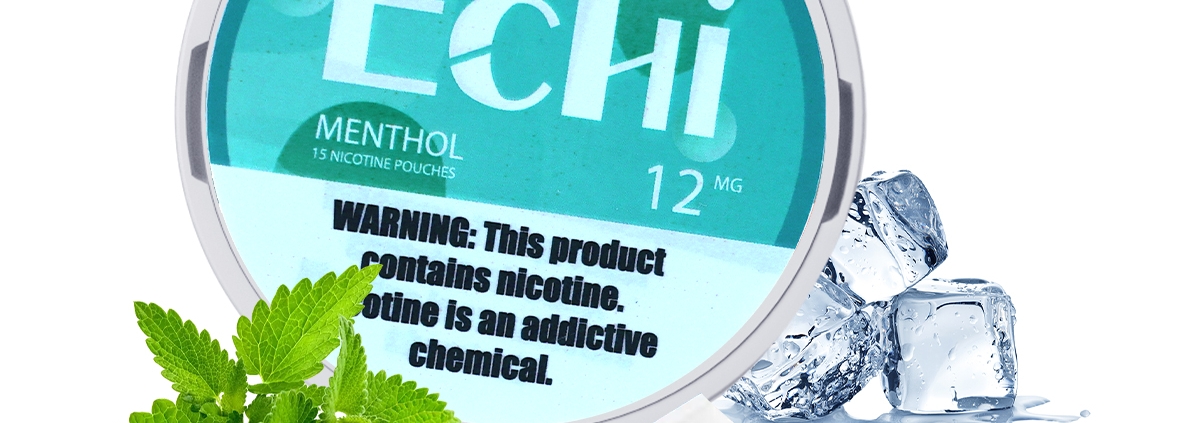
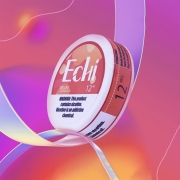

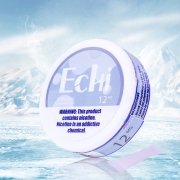

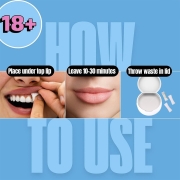
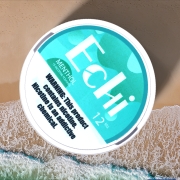



Leave a Reply
Want to join the discussion?Feel free to contribute!